John Hurrell – 16 November, 2020
It is a shame that there wasn't more detailed information available about the genesis of each of the thirteen exhibits—selected from thirty—but maybe Youle wants some of these items to remain ‘Visible Mysteries' in a non-ecclesiastical (non-transubstantiation) sense; holding his cards close to his chest and focussing on the experiential. Encouraging a more open interpretation if desired.
Titirangi
Wayne Youle
Elevation
26 September - 29 November 2020
Downstairs in the Te Uru education room Wayne Youle’s exhibition presents work he made during his recent McCahon House residency, and which directly references not only McCahon’s painting practice but also the architecture and surrounding garden of the Titirangi building McCahon and his family lived in from 1953 to 1960.
The show is beautifully installed: quite exceptional in its elegant precision and interconnected spatial layout; the gallery’s walls, windows and corners being sensitively utilised. And although detailed information about the construction of some individual items is lacking in Felicity Milburn’s online McCahon House essay, the titles mostly provide sufficient clues for you to grasp Youle’s wit and scholarly allusions. Sometimes—for anyone familiar with McCahon’s career—even Youle’s titles are not essential, especially when his sculptures nod to certain famous images (such as the Jump, Letters and Numbers, or Visible Mysteries series), or reference concepts like art-historical time.
At first glance these aspects are not immediately obvious, for the works seem more like a collaboration between Billy Apple and Fiona Connor, with their separate interests in building construction. Yet as a Youle show it is particularly subtle and adventurous. It is not as focussed on colour or shape as in his earlier practice, but more about McCahon’s processes of combining art production with caring for his family, and some unfinished architectural modification projects that he started to ensure the good health of his children—but which he never completed.
As I’ve said, it is a shame that wasn’t more detailed information available about the genesis of each of the thirteen exhibits—selected from thirty—but maybe you need to look around the cottage itself, or maybe Youle wants some of these items to remain ‘Visible Mysteries’ in a non-ecclesiastical (non-transubstantiational) sense; holding his cards close to his chest and focussing on the experiential. Encouraging the viewer to make a more open interpretation if desired.
never-ending love is a pair of small motorised ‘clock’ boxes tucked in a corner, each with a revolving white-tipped second hand—but with one conspicuously behind the other in its clockwise movement. Perhaps this work is subtly about the processes of withholding information and the delay of viewer comprehension; how art’s context and understanding gradually evolves within an envelope of deferral. How ideational seeds sown in exhibitions germinate, grow and eventually flower.
John Hurrell







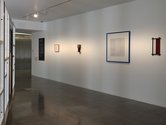

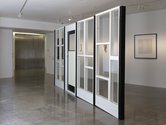

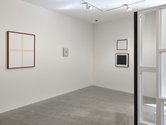

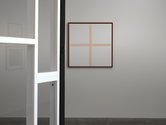
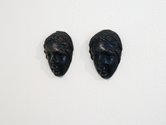
 Advertising in this column
Advertising in this column Two Rooms presents a program of residencies and projects
Two Rooms presents a program of residencies and projects



This Discussion has 0 comments.
Comment
Participate
Register to Participate.
Sign in
Sign in to an existing account.